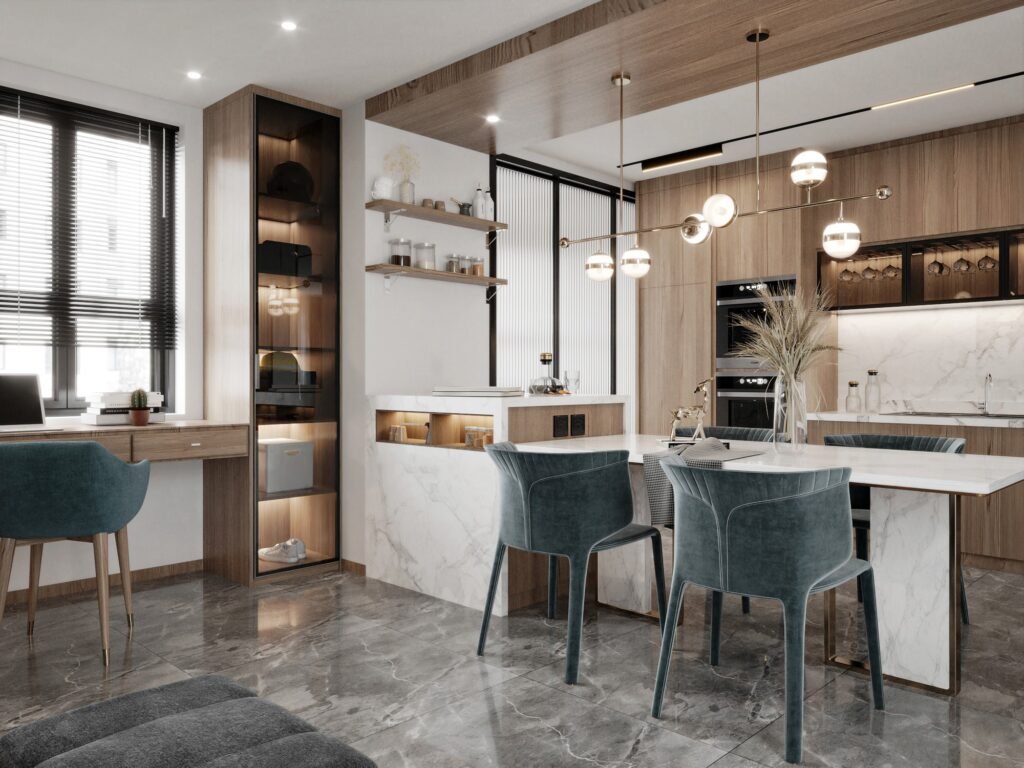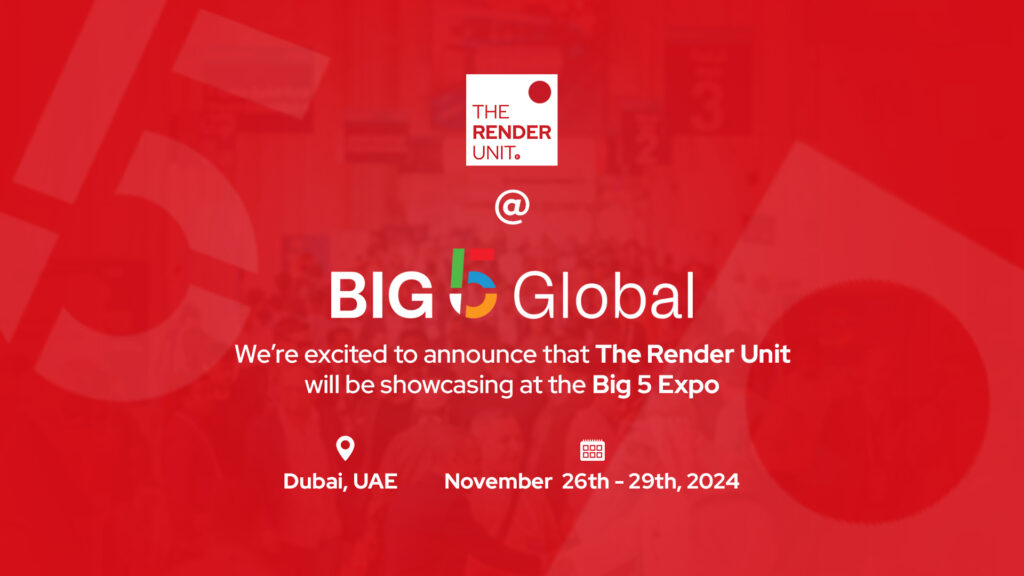Lighting can have a great deal of influence on how a 3D render is perceived, much like salt can enhance a dish. With the appropriate lighting techniques, it is possible to enhance the 3D model’s aesthetic appeal, add depth and dimension, and create a realistic and immersive atmosphere. In this article, we’ll go into more depth about the importance of lighting in 3D visualization and rendering.
Creating Realistic Scenes
Imagine this: even though you were able to create a stunning 3D model, it doesn’t look very realistic. Lighting is helpful in this situation. By adjusting the brightness, angle, and color temperature of the light, you can create effects that mimic both natural and artificial lighting. Soft, diffuse lighting can be used to create a warm and welcoming atmosphere, while strong, directional lighting can be used to set a dramatic or anxious mood. A lifeless 3D model can be transformed into a vibrant, realistic scenario with the help of lighting effects.
Enhancing Visual Appeal
In both 3D visualization and rendering, lighting can enhance the visual appeal of 3D models, luring viewers in and evoking an emotional response from them. With the help of proper lighting methods, a 3D model’s most important features and details, such as textures, shapes, and contours, can be brought to the fore. To better understand and appreciate the model’s design, this can help people zero in on specific details.

Creating a Sense of Depth and Dimension
Lighting is another technique that can be used in 3D models to create the appearance of depth and dimension. Adding shadow and light to a two-dimensional image creates the illusion of depth and space. This is particularly important in interior design because it helps to create the impression of more space. Positioning light sources thoughtfully and making use of shadows allows a designer to create a sense of depth and dimension, making the space feel more realistic and immersive.
Creating an Atmosphere
Lighting can be used to create a specific mood or atmosphere in a 3D scene. You can adjust the color temperature and light intensity to create a cozy, inviting ambiance, a cool and calming atmosphere, or a dramatic, intense atmosphere. This can be of great help in communicating the space’s planned purpose, especially in the fields of architectural and interior design.
Highlighting Product Details
The importance of lighting in product design stems from the fact that it can be used to highlight the product’s most salient characteristics and details. By strategically placing light sources and adjusting the intensity and direction of light, a designer can draw attention to specific features of a product, such as its texture, form, or color. The product’s best features can be highlighted in this way, piquing the interest of potential purchasers.
Conclusion
The finishing touch to 3D visualization and rendering is lighting. Using the right lighting techniques, which can also create depth and dimension and even convey a certain mood, a 3D model’s visual appeal can be improved. Understanding the importance of lighting in 3D visualization and rendering enables designers to create more realistic and fascinating scenes that are better suited to their intended use. So, let there be light.








